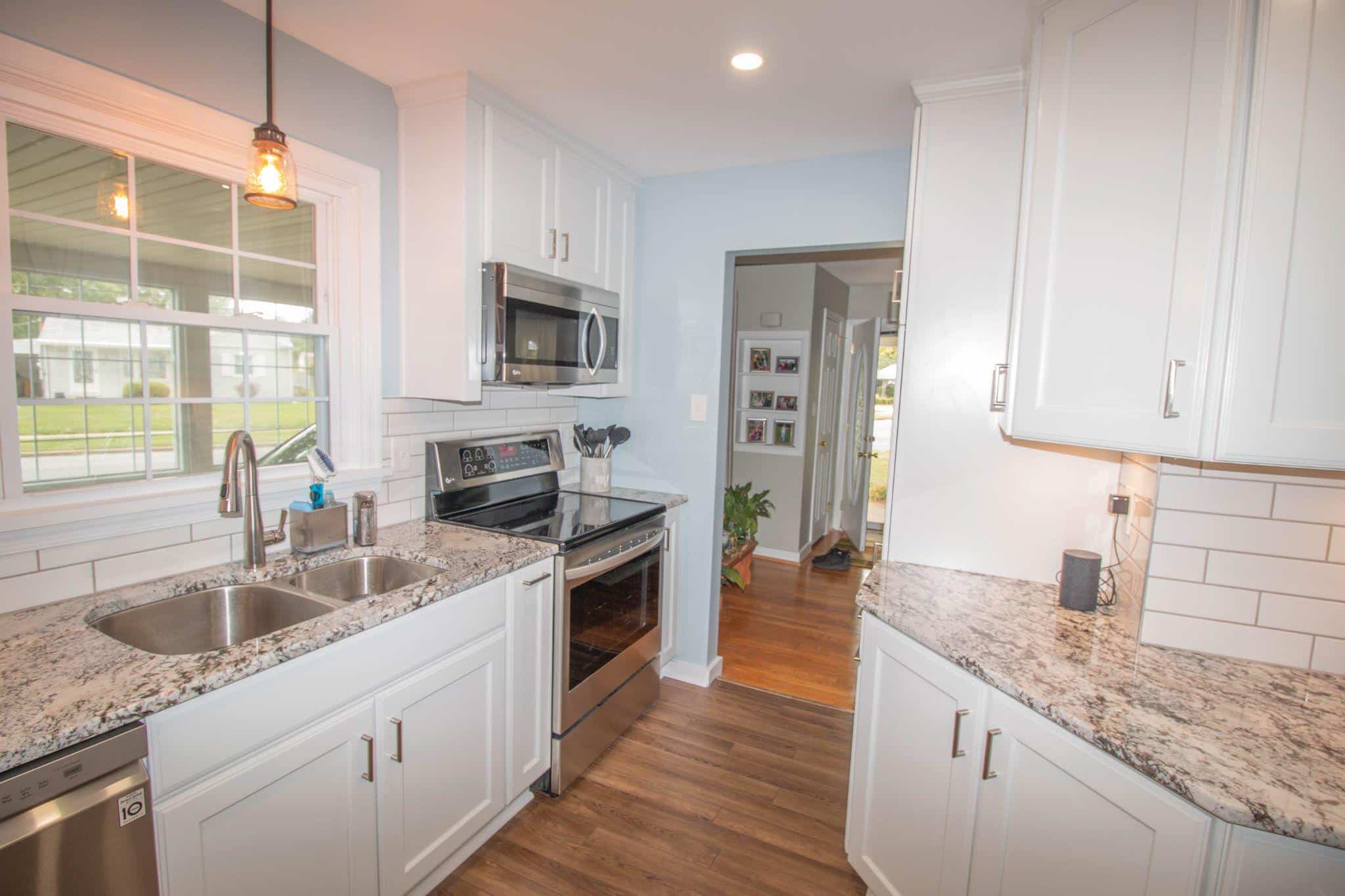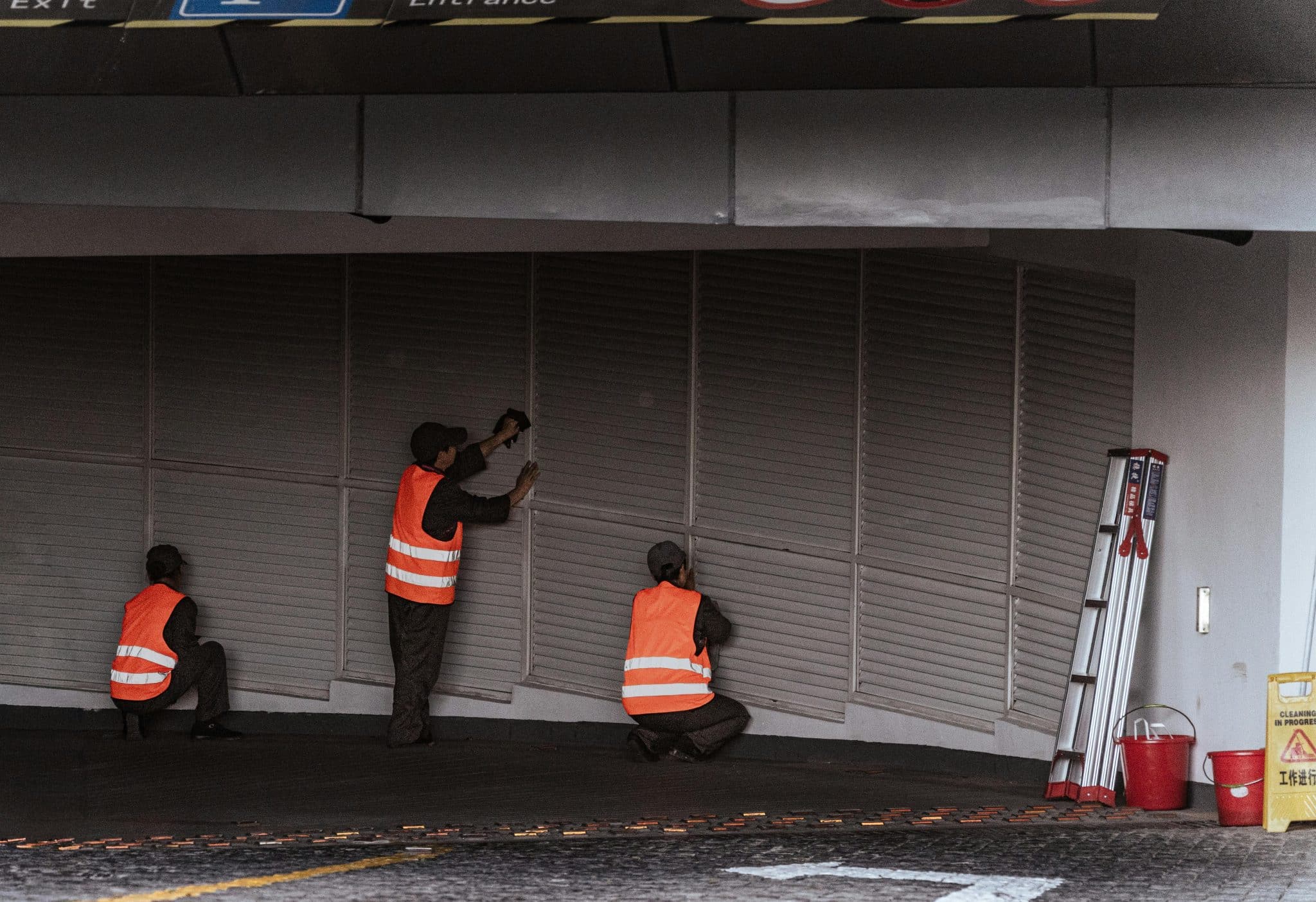When building or renovating a deck, safety should always be a top priority. One of the most important elements to consider is the height of your deck railing. It’s not just about aesthetics—there are specific guidelines and regulations designed to keep everyone safe while enjoying the space.
In this article, I’ll explain the key requirements for standard deck railing heights, why they matter, and how they vary depending on your location or deck design. Whether planning a new project or updating an existing deck, understanding these standards will help create a safe and compliant outdoor area.
Why Deck Railing Height is Important
Deck railing height plays a big role in keeping people safe. I remember installing a railing on my first deck and double-checking the measurements after realizing my neighbor’s five-year-old could easily climb over a shorter railing. Proper height reduces fall risks, especially for kids and older adults.
Local building codes often dictate height requirements. These standards are based on safety data to prevent accidents. A too low railing increases fall hazards, while excessively high railings can feel restricting.
Consistency in railing height improves usability. Standardized heights can make guests of different ages and mobility levels feel more secure.
General Guidelines
Deck railings are necessary for decks over 30 inches above ground level. Local codes may differ, but this standard applies in most areas. Proper deck railing height keeps people safe while using outdoor spaces.
Minimum Height Requirements
The height of deck railings is measured from the deck surface to the top of the rail, which helps achieve consistent results.
Residential Decks
The International Residential Code (IRC) states that the minimum height requirement for residential decks is 36 inches. I once replaced a deck railing that was only 34 inches high, and I could immediately tell how much safer a taller railing felt, especially for visiting kids who played near the edges. Certain states, like California and Washington, mandate a 42-inch minimum height for enhanced safety.
Commercial Properties
Commercial properties often face stricter regulations. Depending on the state, the minimum deck railing height may match or exceed the 42-inch standard in places like California. These rules accommodate larger crowds and higher-use situations.
Safety Considerations
Purpose of Deck Railings
Deck railings are critical for preventing falls, especially on elevated decks. Any deck over 30 inches from the ground legally requires a guard rail. This rule aims to reduce fall risks, covering both adults and children. I remember replacing a low, deteriorating railing on an old deck. The new 36-inch railing looked better and made everyone feel safer when standing near the edge.
Infill and Baluster Spacing
Baluster spacing ensures safety, particularly for homes with children or pets. Properly spaced balusters prevent accidental slips and fall through the railing, reducing the risk of injury. Building codes require that gaps be small enough to avoid a 4-inch-preventer sphere from passing through, ensuring a secure barrier. This regulation is especially important for families with young kids who may try to squeeze through gaps. Well-designed baluster spacing provides both safety and aesthetic appeal.
Spacing Regulations
State and local codes regulate these standards to prevent design flaws. For example, railings must maintain consistent spacing to avoid creating hazard zones. Design compliance protects users and upholds structural integrity, making decks safer for everyday use.
Building Codes and Compliance
International Residential Code (IRC) Standards
Deck railing height plays a significant role in deck safety. Under the International Residential Code (IRC), any deck surface elevated more than 30 inches above ground level must have railings. These railings need to stand at least 36 inches tall from the deck surface to the top edge of the rail.
I once helped a neighbor update their deck after realizing their 32-inch railing violated local codes and felt unsafe for their grandchildren. Switching to a 36-inch railing met IRC requirements and gave them peace of mind.
Additional Considerations
Decks Below Required Heights
Under most building codes, a deck lower than 30 inches from the ground doesn’t require a railing. However, adding a railing can enhance safety, especially for households with children or elderly members. Just like using the right kitchen tools makes cooking safer and more efficient, a well-placed railing can provide extra security. I once added a 36-inch railing to a low backyard deck for my parents. While it wasn’t legally necessary, they appreciated the extra confidence it gave them when using the space.
Stair Railing Requirements
Stair railings follow specific height and spacing rules for safety. The handrail height must be between 34 and 38 inches, measured from the top of the rail to the stair tread. Openings between balusters can’t exceed 4 inches. When updating my staircase, I opted for a 36-inch continuous handrail, which matched the deck railing height and adhered to the code, making the entire structure safer and visually cohesive.
Conclusion
Installing the correct deck railing height significantly enhances safety for all users. For decks exceeding 30 inches above ground, adhering to the IRC standard of 36 inches is crucial. I remember helping a friend replace an older, non-compliant railing with a 36-inch one. The updated railing immediately felt more secure, especially for their kids. Following these guidelines keeps outdoor spaces safer and compliant.









One Comment
pin up casino: pin up – pinup az